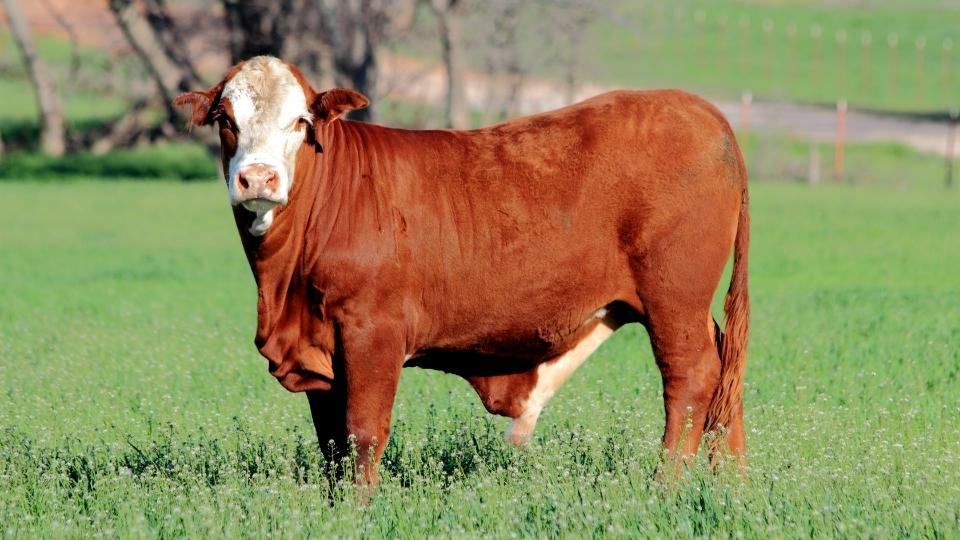Getting Beef Bulls Tested for Trichomoniasis

For cattlemen one of the most important components of their breeding program is the bull. Often, one bull can breed twenty to thirty cows. In fact some studies suggest that this number may even be higher. With a single bull breeding so many cows it is important that this animal is of high genetic quality to ensure that only the best traits are being passed on to the herd. Equally as important is to minimize passing on negative things to the herd. It is essential that producers ensure their bulls are not carrying sexually transmitted diseases that can quickly infect the whole herd.
One of the most contagious sexually transmitted disease in cattle is called trichomoniasis (trich). Trichomoniasis causes both abortions and infertility in cattle. Trichomoniasis can have an extremely detrimental economic impact. Because trichomoniasis can spread easily, the disease is monitored by the Utah Department of Agriculture and Food. According to Utah Administrative Code, Rule R58-21, all bulls 12 months of age and older must be tested by an accredited veterinarian with an approved test for trichomoniasis. The test must be performed annually, between October 1st and April 30th, or prior to exposure to female cattle.
Before bulls can be turned out to female cattle, they must have a negative test. Bulls who test negative are tagged in the right ear with a trich tag by a certified veterinarian who performed the test. Bulls are exempt if they are kept in confined operations, are going direct to slaughter, or are kept in a qualified feedlot. Bulls attending rodeos or livestock shows are also exempt, unless they have access to grazing or are exposed to female cattle.
Because the bull acts as a reservoir and the primary method of transmission for trichomoniasis, Utah trich regulations focus on bulls. The disease can spread quickly through herds because infected bulls mate with multiple cows. Bulls with trichomoniasis do not act or look different so the disease is hard to diagnose without a test. Cattle producers most often notice the disease when there is an extremely high rate of open cows in the herd. Abortion or re-absorption of the fetus will usually occur in early pregnancy leaving little to no symptom of the disease besides many cows being open.
The best way to control trichomoniasis is to prevent the disease from entering the herd. As we have all learned from the past year with Covid-19, prevention is key. Before any bulls are introduced to the herd it is essential that they are tested for trichomoniasis. Artificial insemination is another technique that can be used to prevent the disease.
On March 8th and March 22nd at the USU corral (1200 West 1500 North, Logan) from 9:30 am to noon, cattlemen can come to get their bull trich tested by a certified veterinarian. A semen analyses test will also be available if requested. A trichomoniasis test costs $60, while a semen test costs $20. This event is first come first serve so please be early if you are planning on coming. If you have any questions please call the Extension office at 435-752-6263 and we can provide you with more information.


 Utah 4-H & Youth
Utah 4-H & Youth